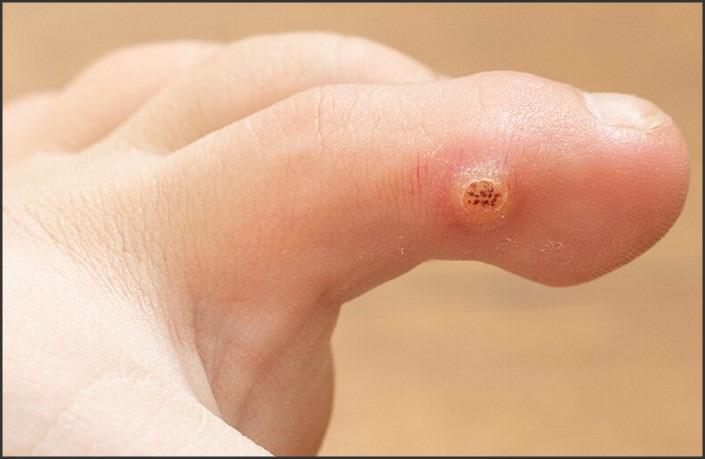Seed Wart on Finger Removal: Effective Techniques and Home Remedies

Seed wart on finger removal refers to various techniques and home remedies used to eliminate seed warts, a type of common wart that appears on fingers and other parts of the body. These warts are characterized by their hard, grainy appearance and are caused by the human papillomavirus (HPV). This article will explore effective techniques for seed wart removal, including medical procedures such as cryotherapy, salicylic acid treatment, and laser therapy, as well as home remedies like duct tape occlusion and the use of natural substances like apple cider vinegar and tea tree oil. It’s important to note that while these methods can be effective, they may not prevent the recurrence of warts, and medical advice should be sought for persistent or recurring warts.
Seed Wart on Finger Removal: Effective Techniques and Home Remedies
Seed warts, also known as common warts, are small, rough growths that often appear on the fingers or hands. They are caused by the human papillomavirus (HPV) and are named for their characteristic black dots, which resemble seeds. While seed warts are generally harmless, they can be unsightly and uncomfortable, prompting many individuals to seek methods of removal. This article will explore several effective techniques and home remedies for seed wart on finger removal.
One of the most common methods for removing seed warts is through over-the-counter treatments. These typically contain salicylic acid, which works by gradually peeling off the wart layer by layer. The treatment is usually applied daily until the wart disappears. It’s important to follow the instructions on the packaging carefully to avoid damaging the surrounding skin.
Another popular method is cryotherapy, a procedure that involves freezing the wart with liquid nitrogen. This treatment is often performed by a healthcare professional and can be slightly uncomfortable, but it’s generally very effective. The frozen wart will eventually fall off, usually within a week or two.
For stubborn or recurrent warts, a doctor may recommend more aggressive treatments such as laser therapy or surgical removal. Laser therapy uses a concentrated beam of light to destroy the wart, while surgical removal involves cutting out the wart under local anesthesia. Both of these methods are highly effective, but they can also be more expensive and may result in scarring.
In addition to these medical treatments, there are also several home remedies that can be effective for removing seed warts. One such remedy is the use of duct tape. This involves covering the wart with a small piece of duct tape for about six days, then soaking the wart in water and gently removing the dead skin with a pumice stone or emery board. This process is repeated until the wart is gone.
Another home remedy involves the use of apple cider vinegar. This method requires soaking a cotton ball in apple cider vinegar and applying it to the wart, then covering it with a bandage overnight. The acidity of the vinegar is believed to help peel away the layers of the wart. However, it’s important to note that this method can cause skin irritation and should be used with caution.
Garlic is also often touted as a natural remedy for warts. It’s thought that the antiviral properties of garlic can help to kill the virus that causes warts. To use this method, a clove of garlic is crushed and applied to the wart, then covered with a bandage overnight.
In conclusion, there are numerous methods available for seed wart on finger removal, ranging from over-the-counter treatments and medical procedures to home remedies. The best method will depend on the individual’s personal preference, the size and location of the wart, and their overall health. Regardless of the chosen method, it’s important to remember that patience is key, as it can take several weeks for a wart to completely disappear.Seed wart on finger removal can be effectively achieved through various techniques and home remedies. Medical procedures such as cryotherapy, laser therapy, and surgical removal are proven to be effective. Over-the-counter treatments containing salicylic acid can also be used. Home remedies such as using duct tape, apple cider vinegar, or garlic may provide relief, but their effectiveness varies and they may not be suitable for everyone. It’s important to consult with a healthcare professional before starting any treatment to ensure it’s safe and suitable for your specific condition.